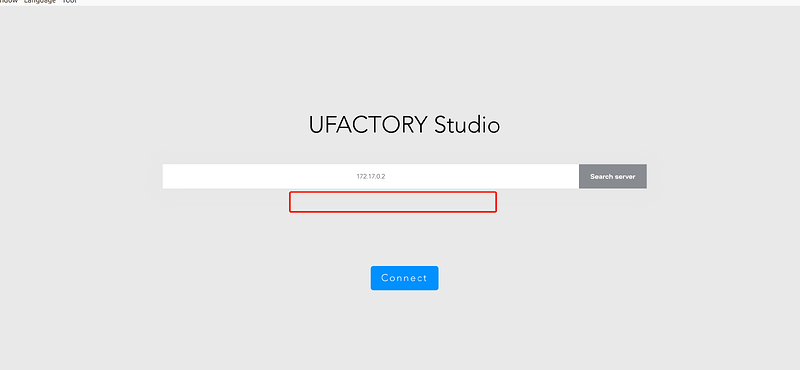Thank you Daniel,
So many messages were sent back and forth that I think
we are drifting away from the main point. ![]()
If you could refer to the Oct 21 message to Minna that started
this current topic, you will see that:
-
We can do everything we need with the Python SDK. In fact,
we have done most of it already. The SDK is great, we are
happy with it. We have 3 xArm robots and are satisfied with
their performance. -
We would like to allow our operators to use Blockly instead
of Python because many do not have Python programming knowledge. -
Our suggestion was making a simple Blockly that allowed arbitrary
Python code to be called as a great solution. We would
then create a “library” of these Blocklys as necessary and our
operators would use these without having to learn Python.
As to your Modbus RTU Blockly, it might be useful to some of your
customers but not to us since the devices we use currently are
TCP/IP, serial and digital control line devices.
For example, we have a compressed air fluid dispenser that has a TCP/IP
interface where we can set pressure, etc by sending commands to
a certain port. Our robot places a syringe at a certain place, turns on
the displenser with a TCP/IP command, moves the syringe to apply a
type of adhesive resin to a part and then sends a command to turn it off.
We can do the whole thing in Python. No problem. We are trying to
do this in App Studio.
We envisioned creating a Blockly called “Set Pressure” and another
called “Enable Dispenser”, etc. Since you do not open source
App Studio, we suggested a generic Python Blockly so we do this ourselves.
Does this make more sense?
Thank you,
Andre Sant’Anna
Director, R&D
Applied Anodize, Inc.















